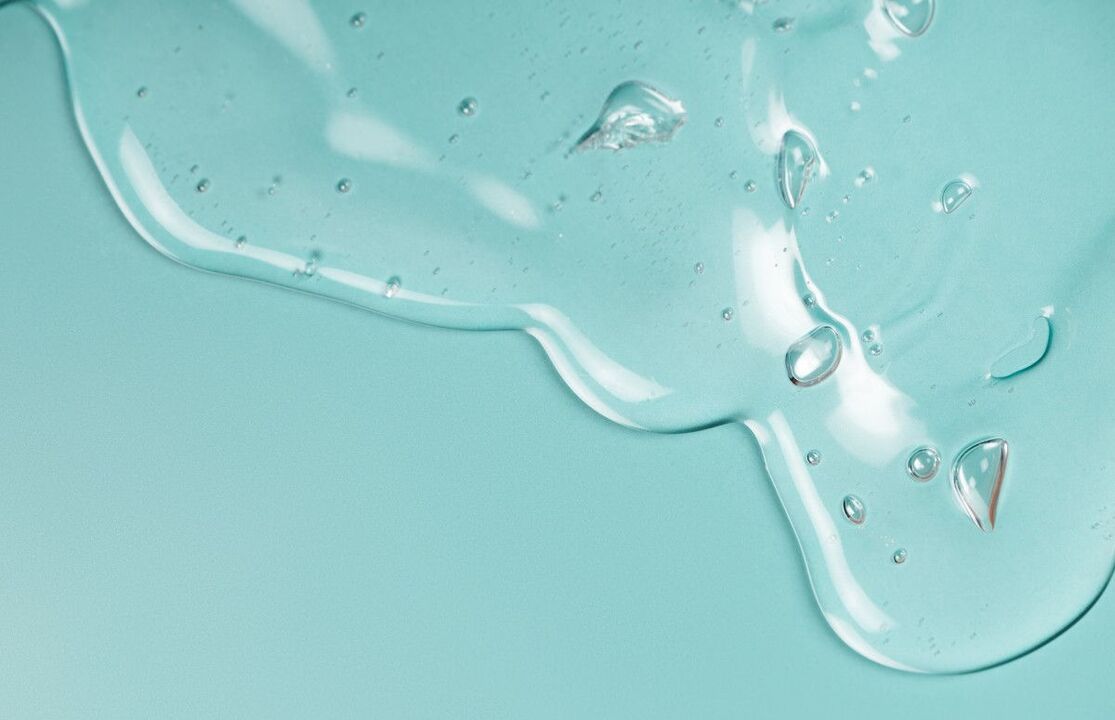
What is hyaluronic acid
- Anti-Aging;
- Moisturizing;
- wound healing.
How to Know Your Skin Needs Hyaluronic Acid
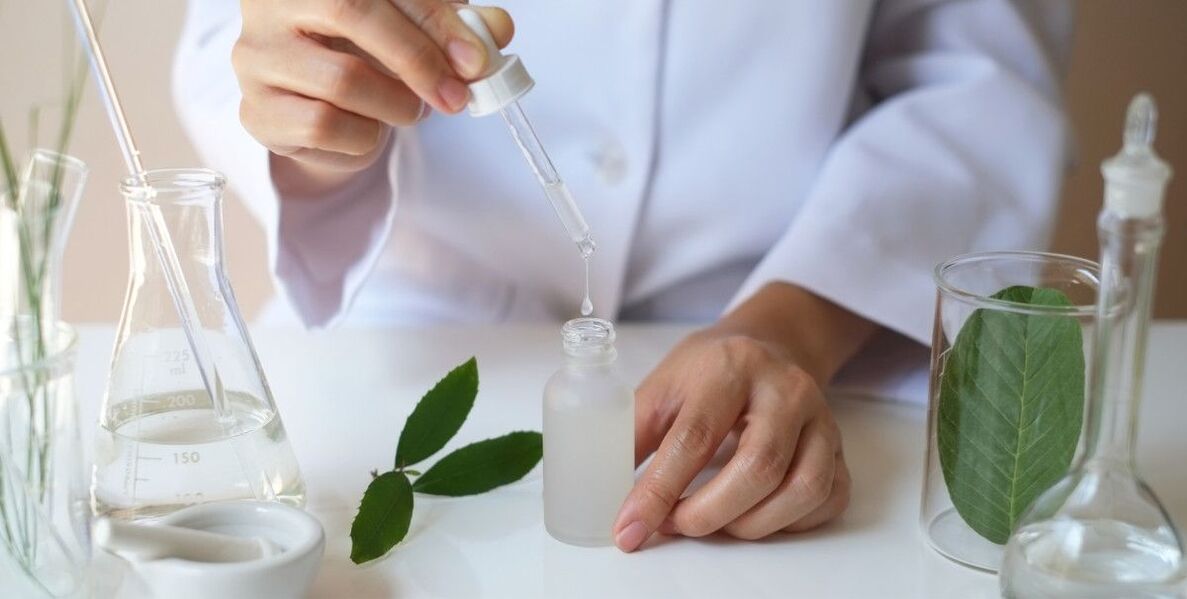
hyaluronic acid supplements
Why are hyaluronic acid products ineffective?
What skin type are hyaluronic acid products suitable for?
- normal;
- dry;
- Fat.
What names can hyaluronic acid have on its packaging?
- Hydrolyzed hyaluronic acid;
- Acetylated hyaluronate;
- Sodium hyaluronate;
- Hyaluronic acid sodium salt.
Which skin care products contain hyaluronic acid
serum
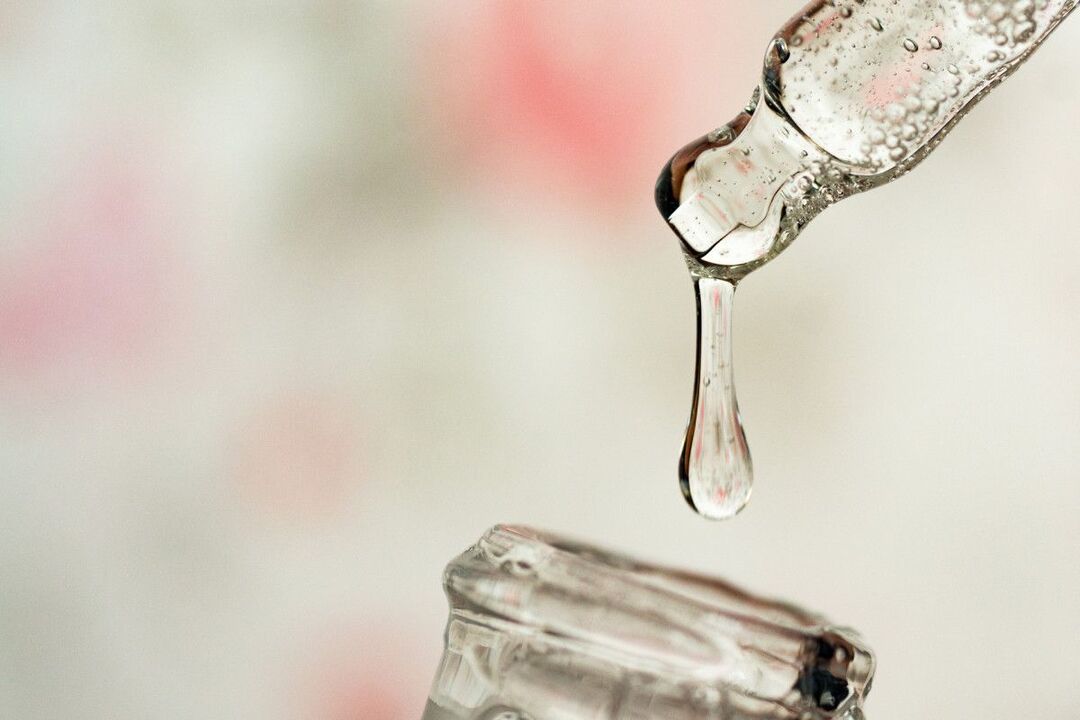
Cleansing products
Sodium hyaluronate lotion
sodium hyaluronate gel
cream
What are the side effects of using hyaluronic acid?
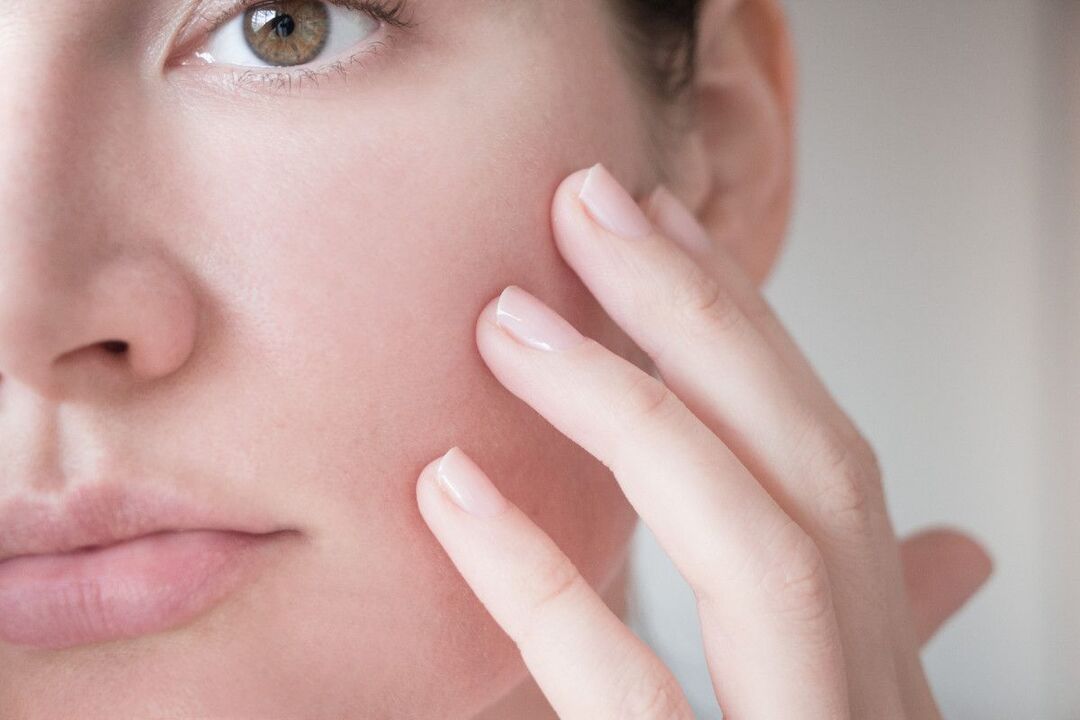
What should hyaluronic acid be?
What ingredients does hyaluronic acid combine well with?
Other Medical Benefits of Hyaluronic Acid
knee osteoarthritis
eye surgery
- cornea transplant surgery;
- glaucoma correction;
- secondary intraocular lens implantation;
- Cataract surgery.
Sodium hyaluronate nasal spray
Hyaluronic acid injection
What does the injection do?
- Smooth wrinkles
- lip augmentation
- facial contour modeling
- Intensive skin hydration

side effect
- redness;
- edema;
- Bruising at the injection site.
What you should know before injecting hyaluronic acid
- You should not be swayed solely by the price of surgery.
- If you get wrinkle correction services at a significantly lower price, the workmanship or quality of the product may leave much to be desired.
- The procedure must be performed only in medical centers.
- Surgery must be performed only in a medical setting, regardless of who performs it.
- Be sure to ask for the name of the medication.
- Before the injection, the expert must announce the name of the drug and show how he opens the new package. If the specialist does not provide this information, it is better to refuse the procedure.
Special precautions when injecting hyaluronic acid
How is hyaluronic acid injection performed?
Where on the face is hyaluronic acid injected?
- Combined with botulinum toxin to treat glabellar lines;
- nasolabial lines and "puppet lines";
- Fine wrinkles around the mouth and lips.
How long does the hyaluronic acid injection process take?
How long do the effects of hyaluronic acid treatment last?
What skin care products can hyaluronic acid be used with?
What to do after injecting fillers at home
- Avoid massaging or rubbing the treated area for 48 hours after treatment.
- For the first eight hours after surgery, do not touch the treated areas of your face unnecessarily. Afterwards, you can wash your face with soap and put on light makeup.
- Overheating of the skin (tanning beds and sunbathing) and hypothermia should be avoided until the initial redness of the skin subsides.
Can hyaluronic acid be removed after treatment?
What is biological regeneration
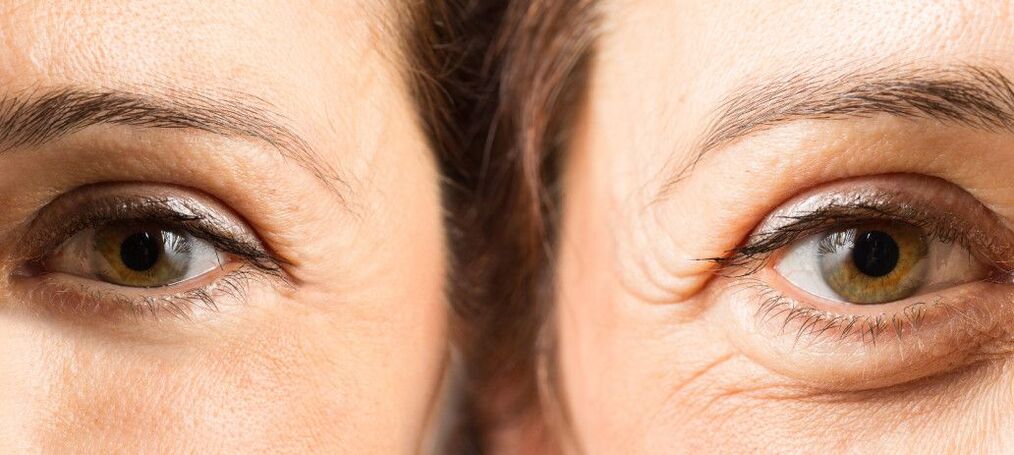
What is mesotherapy
- hyaluronic acid;
- vitamin and mineral complex;
- Amino acids, antioxidants;
- peptide;
- Plant extracts.
What to choose – mesotherapy or bioregenerative therapy
- Dark circles and bags under the eyes;
- cellulite;
- hair loss;
- scar.






































